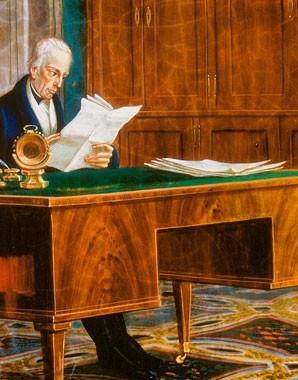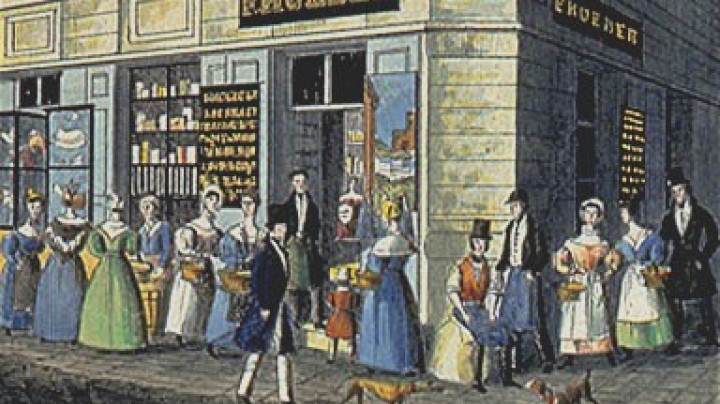Not a global player after all – On overseas trade
The aim was to develop trade in goods from the Habsburg territories in both the Near and the Far East. However, the efforts to do so did not last long and were only moderately successful.
In order to boost overseas trade and hence also the economy of the Habsburg territories, the mercantilists of the seventeenth century advocated the establishment of trading companies. Models were provided by the East India Companies founded in England and the Netherlands around 1600. However, the three trading companies founded in the Habsburg territories between 1667 and 1722 were not particularly successful. The two Oriental Companies were meant to promote trade with the East and in particular with the Turks, but they failed as a result of both the Turkish wars and a lack of capital. The Ostend East India Company established in the Austrian Netherlands was disbanded after a few years in return for the recognition of the Pragmatic Sanction by Great Britain and the United Provinces in 1731.
It was the factories, in which the trading companies participated from time to time, that were rather more successful. In 1672 Leopold I granted Christian Sind, a burgher of Linz, the privilege of manufacturing and selling woollen goods, with this later being transferred to his successor, Mathias Kolb. This led to the establishment of the Imperial-Royal Privileged Manufactory for Woollen Wares, which provided employment for over 10,000 people, most of whom worked at home, during some periods in the middle of the eighteenth century. However, craftsmen and merchants in Linz clearly saw the factory as a threat, with the result that its owners were deprived of their rights as burghers of the city. Despite some short-lived commercial success the factory was more or less permanently in financial difficulties. Between 1717 and 1722 it was even owned by the Vienna Military Hospital and Poorhouse, in order to provide employment for beggars and the unemployed so that they could be obliged to work there. The debts which piled up led to the factory being sold to the Oriental Company in 1722, although this did not solve its financial problems. It ended up being owned by the state when Maria Theresa bought it in 1754.


















